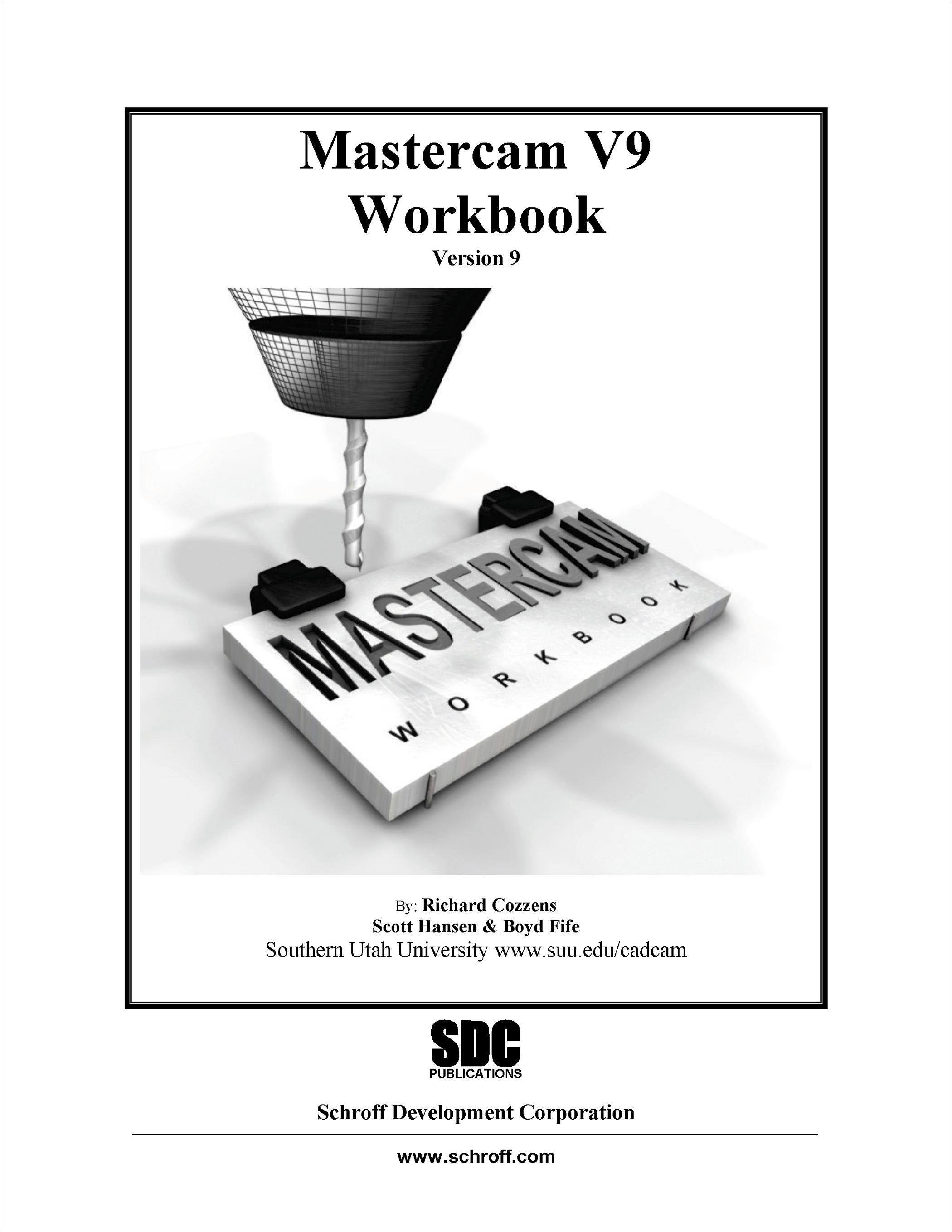
- #Mastercam v9 surface toolpath tutorial install
- #Mastercam v9 surface toolpath tutorial windows 10
- #Mastercam v9 surface toolpath tutorial software
- #Mastercam v9 surface toolpath tutorial windows 7
The processor speed will impact how fast the software will calculate and complete tasks.
Future versions of Mastercam will not install on Windows 7.
Mastercam 2022 will install on Windows 7 systems but will not be supported. Mastercam 2021 was the last release to officially support Windows 7 as Microsoft ended extended support for the OS in January 2020. While Mastercam may run on other Windows editions (such as Home Edition) or virtual environments (such as Parallels for Mac), it has not been tested on these configurations and is therefore not supported.
We recommend using Windows 10 version 1903 or later 64-bit Professional editions.

View Detailed Requirements And Suggestions OPERATING SYSTEMSĬNC Software continues to review the operating system (OS) requirements for Mastercam with a goal of providing the best possible user experience for our customers.
The Mars Society Rover Challenge Series. Robotics Education & Competition Foundation (REC). Please be sure to sign up for our 2 Minute Tuesday video series to receive tips and tricks like this one in video form every week. To fix this, we increased the keep tool down distance.Īnd now we have a complete toolpath with no retracts.Īs you can see, we can control Mastercam tool motion in a variety of ways whether you are trying to limit retracts or improve cycle time of your raster toolpaths. We can do this by turning off the optimize cut order option, which will force the toolpath to take each cut in order of the stepover and not by region. Now let’s look at removing all the retract motions. We now have a very efficient toolpath with minimal reversals and retracts. To do this, turn on the automatic switch under machining angle and Mastercam will find that solution automatically. In theory, this should give us the quickest cycle time. Next, we can optimize the machining angle of the cut to ensure the tool is in contact with the part as long as possible and with the least amount of reversals in motion. We set the high limit to 56 degrees to limit the toolpath from creating a cut steeper than that value and after regenerating the tool wraps the edge just enough to create a clean edge. To solve this, we went back into the parameters and changed the steep/shallow angle limits. The next issue we found was the tool wrapping too far over the edge of the part. After regenerating, the tool no longer gouged the part. To resolve this, we opened up the parameters and added the top surface as an avoidance area. The first issue was the tool gouging the top surface. Now we can select the tool, set the stepover, and set some normal leads for the linking moves.Īfter the toolpath generated, we found a few issues with the cut motion. Reset the stock values and select the machining surfaces, holding the Shift key down to select all the tangent faces. We will start by launching the Raster toolpath from the 3D toolpath gallery. 
Looking at the stock model you will notice that the part is roughed out and ready to be finished. In this example, we are going to use the Mastercam High Speed Raster toolpath to finish the top face of the angle and radius on the part shown below. Let’s explore some different methods to control tool motion in the Mastercam High Speed Raster Toolpaths. Cimquest Celebrates 30 Years in Business.






 0 kommentar(er)
0 kommentar(er)
